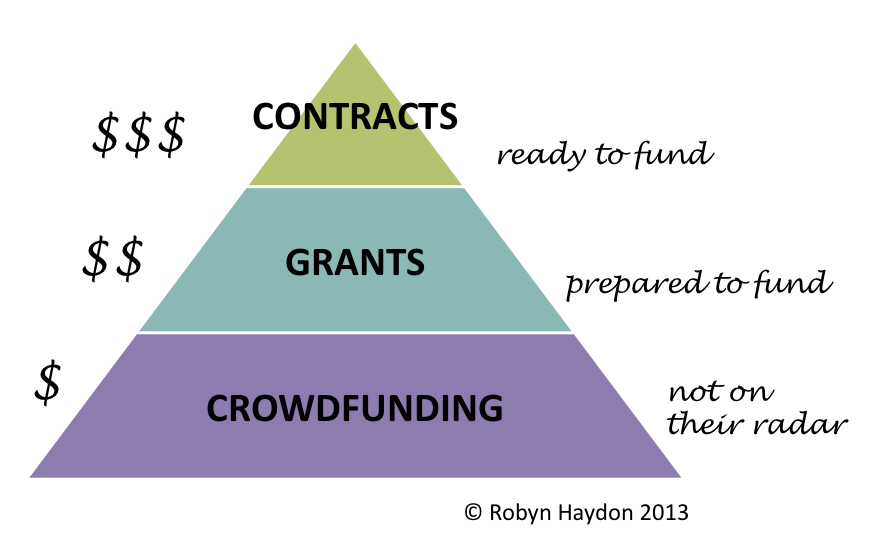There’s more information in the market than ever before, but two things haven’t really changed.
The first is that customers really only care about their own pressing problems — the things that they are charged with figuring out or delivering within their own organisation.
The second is that the great majority of suppliers are, naturally, quite keen to sell their own products and services.
So, as a result, there is often a real disconnect in the way that suppliers deliver their message to customers. Many “proposals” are really just credentials pieces that push the supplier’s story and assume that the customer will be able (and motivated) to read between the lines and see how that’s relevant to them. This is just showboating — it’s not an actual sales pitch.
The rise of competitive tenders has actually compounded this problem, because “proposal production” has become an assembly-line job that is delegated to the least experienced and least knowledgeable members of staff. A lot of the boilerplate information available to cut and paste into proposals is really just white noise to the customer, who is busy being kept awake by problems that suppliers don’t seem to understand and definitely don’t look like they have a solution for.
Too frequently, suppliers often become unhealthily attached to our own story, and it takes maturity and presence to know when it’s time to change a pitch we spent a lot of time and effort on.
In The Challenger Sale: Taking Control of the Customer Conversation, authors Matthew Dixon and Brent Adams describe a pitch that a group of sales reps had spent six months putting together, and that they had to change on the fly to focus on the single issue the customer CEO had most on his mind the day they got a chance to see him. It’s a good reminder that the sales pitch you prepared is not necessarily the one that the customer wants to hear — or the one that will actually end up closing the deal.


